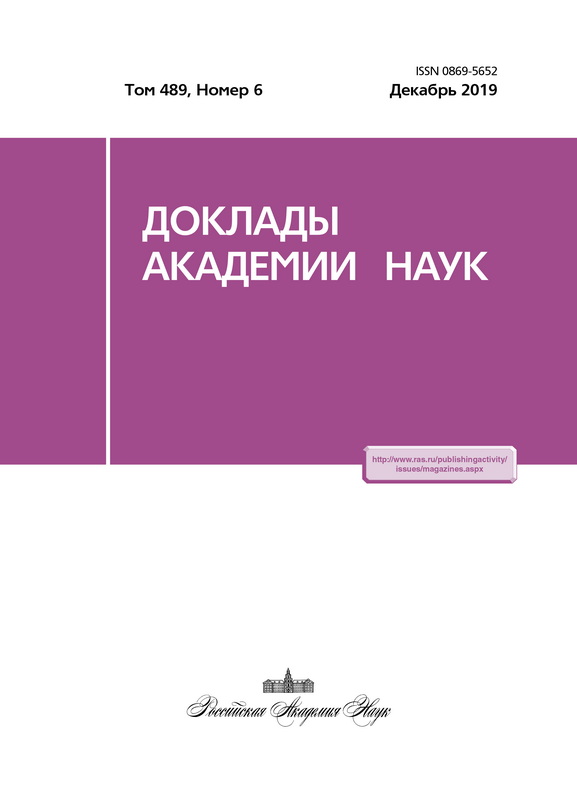Distribution of TR2O3, P2O5 and Nb2O5 between two immiscible melts in the monazite–SiO2–NaF–Nb2O5–Fe2O3 system
- Authors: Delitsyn L.M.1
-
Affiliations:
- Joint Institute of High Temperature of the Russian Academy of Sciences
- Issue: Vol 489, No 6 (2019)
- Pages: 599-605
- Section: Chemical Technology
- URL: https://journals.eco-vector.com/0869-5652/article/view/18864
- DOI: https://doi.org/10.31857/S0869-56524896599-605
- ID: 18864
Cite item
Abstract
Monacite-SiO2-NaF-Nb2O5-Fe2O3 system on 1200 °C isotherm is characterized by a wide area of two immiscible melts: silicate and phosphate-fluoride, salt. The system is a mutual education in molten salt a new phase of rare earth double phosphates and fluoridahospital REE and Na in the composition of which is Fe and Nb. Iron has a great influence on the immiscibility of melts: in the absence of iron, the liquation area occupies 50% of the chart area, at 5% Fe2O3 - 57%, at 10% Fe2O3 - 70%. REE, P and Nb oxides are contrast distributed between the two immiscible melts. REE and P are 95% concentrated in phosphate-salt melt. Niobium is concentrated in an iron-silicate melt. In the absence of Fe2O3 in the silicate melt, the content of Nb2O5 = 4,91%, at 15,33% it = 6,89%, i.e. increased by 40%.
About the authors
L. M. Delitsyn
Joint Institute of High Temperature of the Russian Academy of Sciences
Author for correspondence.
Email: delitzin@ihed.ras.ru
Russian Federation, 13/19, Izhorskaya street, Moscow, 125412
References
- Делицын Л.М., Мелентьев Г.Б., Батенин В.М., Толстов А.В. Сосуществование двух несмешивающихся фаз в силикатно-солевой ниобий-редкоземельной системе // ДАН. 2015. Т. 462. № 4. С. 440-443.
- Делицын Л.М. Механизм ликвации в природных и технологических силикатно-солевых расплавах-концентраторах редких земель и ниобия. М.: ГЕОС, 2018. 408 с.
- Лазарева Е.В., Жмодик С.М., Добрецов Н.Л., Толстов А.В., Щербов Б.Л., Карманов Н.С., Герасимов Е.Ю., Брянская А.В. Главные рудообразующие минералы аномально богатых руд месторождения Томтор (Арктическая Сибирь) // Геология и геофизика. 2015. Т. 56. № 6. С. 1080-1115.
- Делицын Л.М., Батенин В.М., Магазина Л.О., Бородина Т.И. Сосуществование двух несмешивающихся жидких фаз в системе LaPO4-SiO2-NaF-Nb2O5 // ДАН. 2018. Т. 480. № 4. С. 433-438.
Supplementary files







